Houston’s public transit system is on a roll. The Metropolitan Transit Authority (METRO) board has greenlit the University Corridor route—a 25.3-mile, 41-station bus rapid transit (BRT) line designed to link several transit hubs and significant destinations, including four colleges and universities. As the inaugural phase of METRO’s voter-endorsed $7.5 billion long-term plan to upgrade public transit in the region, the BRT line is expected to begin operations in 2028. It comes on the heels of the METRORapid Silver line, a 4.7-mile, 10-stop BRT route that opened in 2020 to connect Houston’s Uptown neighborhood to the Northwest Transit Center.
Houston’s BRT line exemplifies a broader shift in public transportation strategies across the U.S. More and more municipalities recognize the cost-effective, flexible and environmentally conscious nature of bus rapid transit systems, typically built on existing streets, using dedicated lanes and other measures to improve speed and reliability. Los Angeles, for instance, has successfully introduced several BRT lines over the past two decades, with benefits including decreased travel times, increased economic development, improved air quality and better accessibility for communities typically underserved by traditional rail services. The COVID-19 pandemic also highlighted the need for more flexible transportation solutions like BRT systems that can adapt easily to fluctuating ridership levels and safety protocols.
Two decades ago, HOK was the urban designer and lead architect for METRO’s first-ever light rail system. Back then, Houston stood alone as the only major U.S. city without transit trains. The initial Main Street Line (now the Red Line), operational since 2004, linked the University of Houston’s downtown campus, the city center, the Museum District and the Texas Medical Center to a park-and-ride facility located south of NRG Stadium. Today, with a daily ridership of 40,000, it’s one of the country’s busiest lines.
Based on political opposition, Houston was forced to construct the $324 million Red Line without federal funding. An innovative hybrid design-build approach enabled the team to complete the project on time in January 2004, just in time for Houston to host Super Bowl XXXVIII.
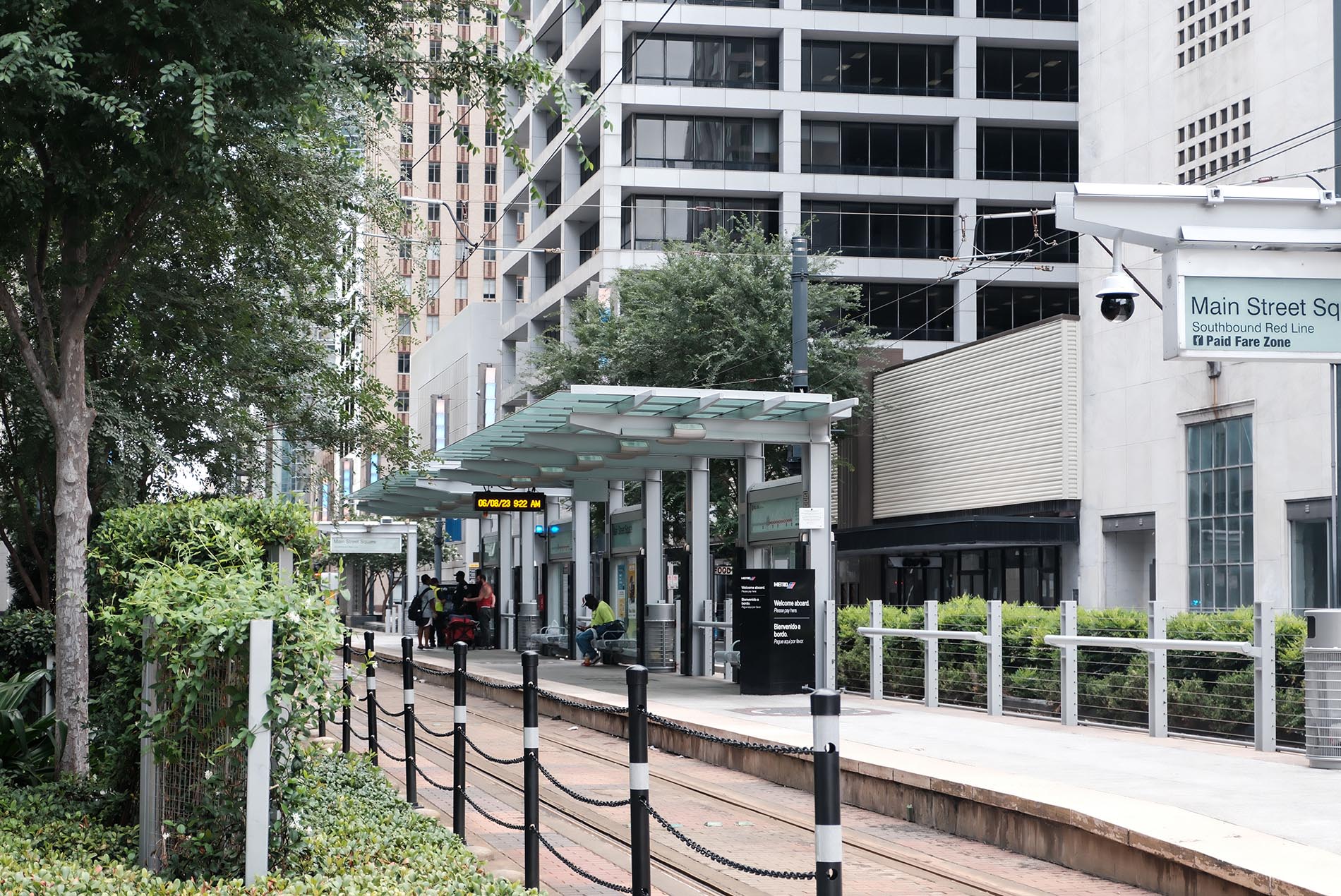
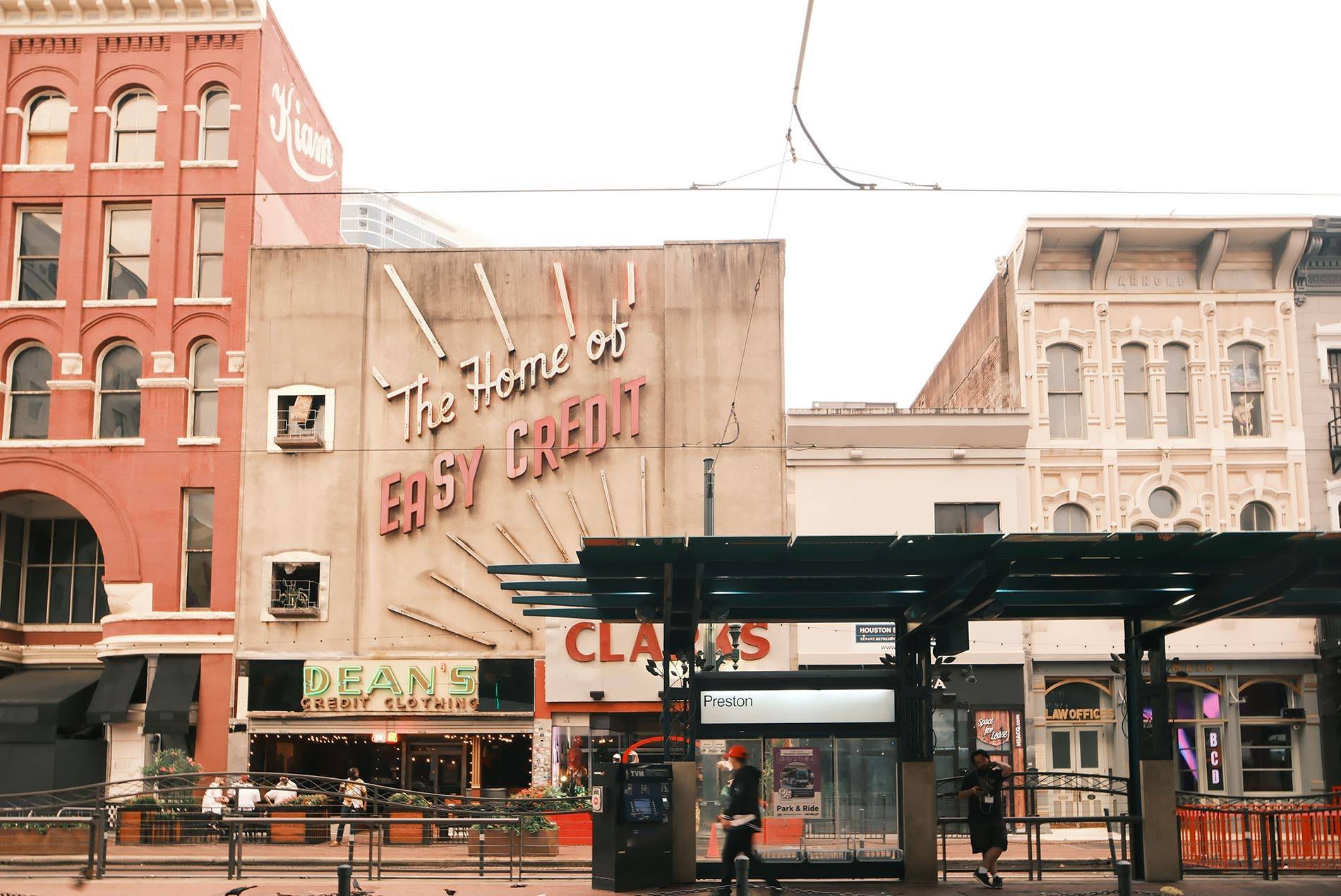
Dallas Felder and Zach Christeson recently shared insights from their work on this project as part of HOK’s Houston office. They explained how, over time, the Red Line and subsequent additions have been woven into Houston’s transportation infrastructure and community fabric. The light rail system, with its 23 miles of track and 44 stations, has brought together diverse neighborhoods and stimulated considerable economic development—particularly along the Red Line.
Dallas and Zach also described how, despite the budget constraints, the team achieved a high-quality design that met the needs of the city’s residents and METRO while winning several awards. HOK’s team developed the master plan for the Red Line’s 16 initial stations and provided urban design for the 7.5-mile corridor, including streetscape design for special districts. In addition, we developed a prototypical station design, did full architectural design for four stations and oversaw the architects who adapted our prototype for the other 12 stations. Finally, in a nod to Houston’s past, we designed landscaped promenades recalling its historic avenues that follow the rail line between stations.
This approach established a cohesive identity for the system, tailoring the design to each station’s unique location and community. We used elements like color schemes, art installations, platform paving and patterns, column cladding and canopy roof glazing that sheltered platforms from the sun and rain.
HOK’s team then remained involved as part of METRO’s project management team, initially to administer the construction of the stations and subsequently to assist in planning METRO’s rail and bus transit expansions.
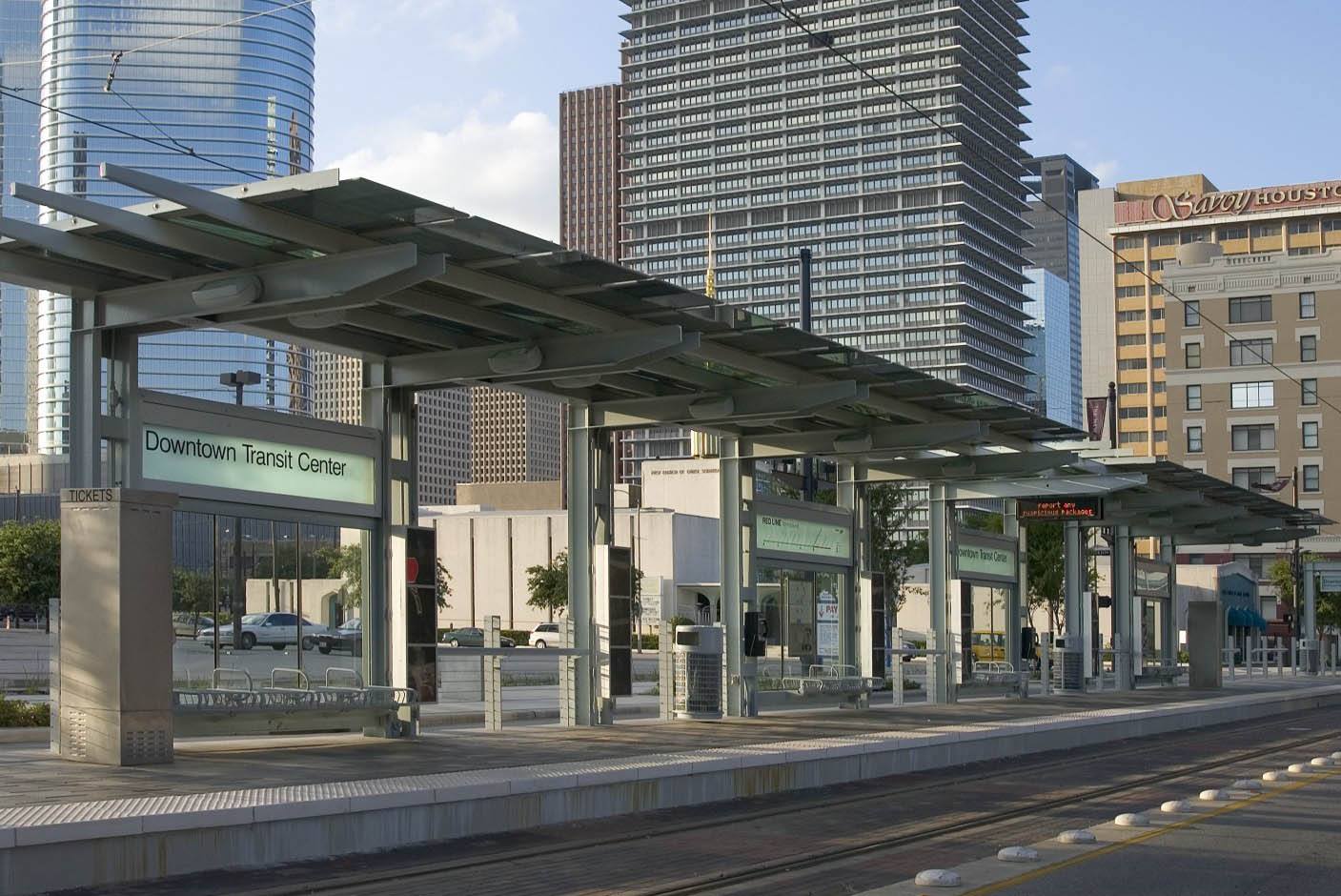
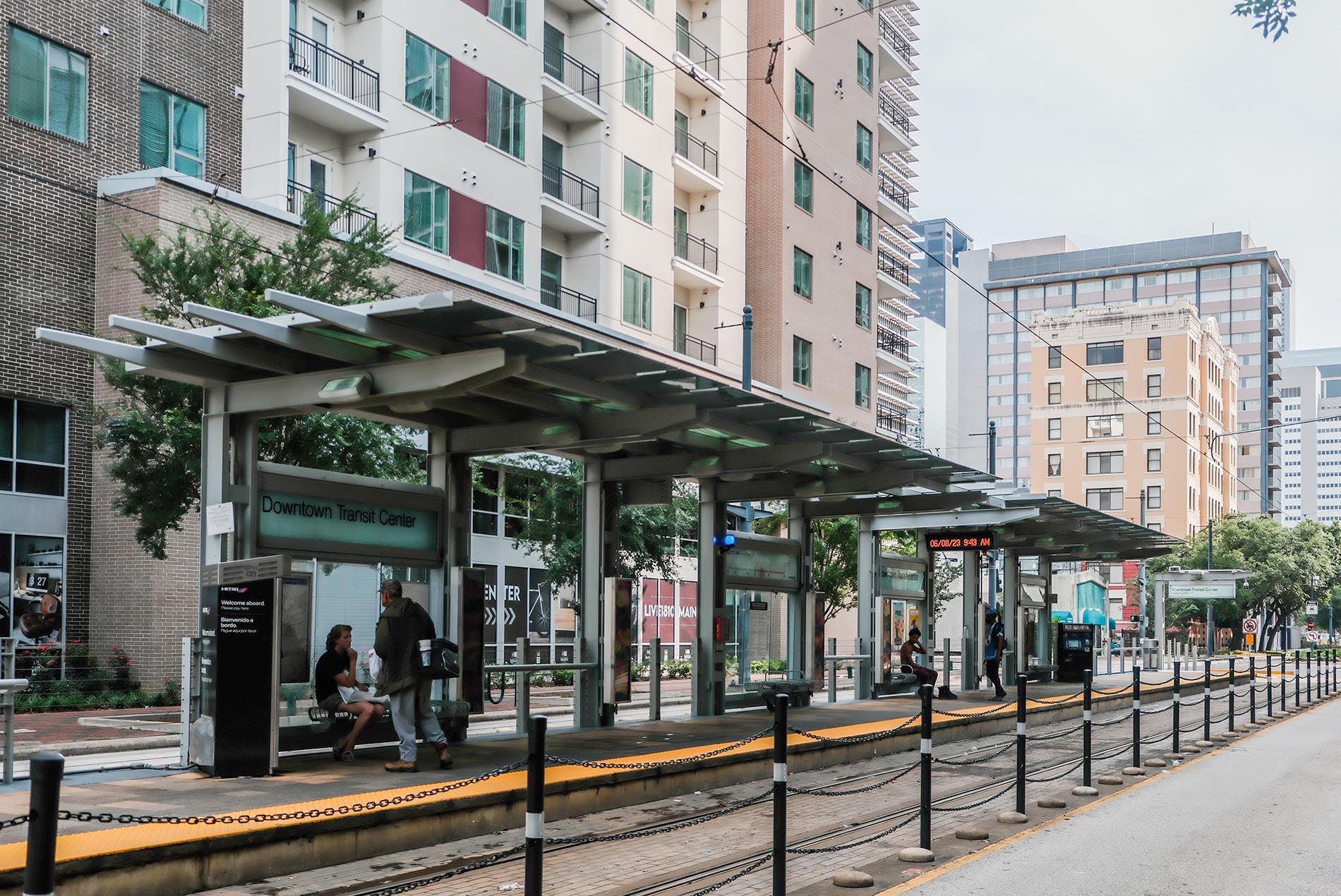
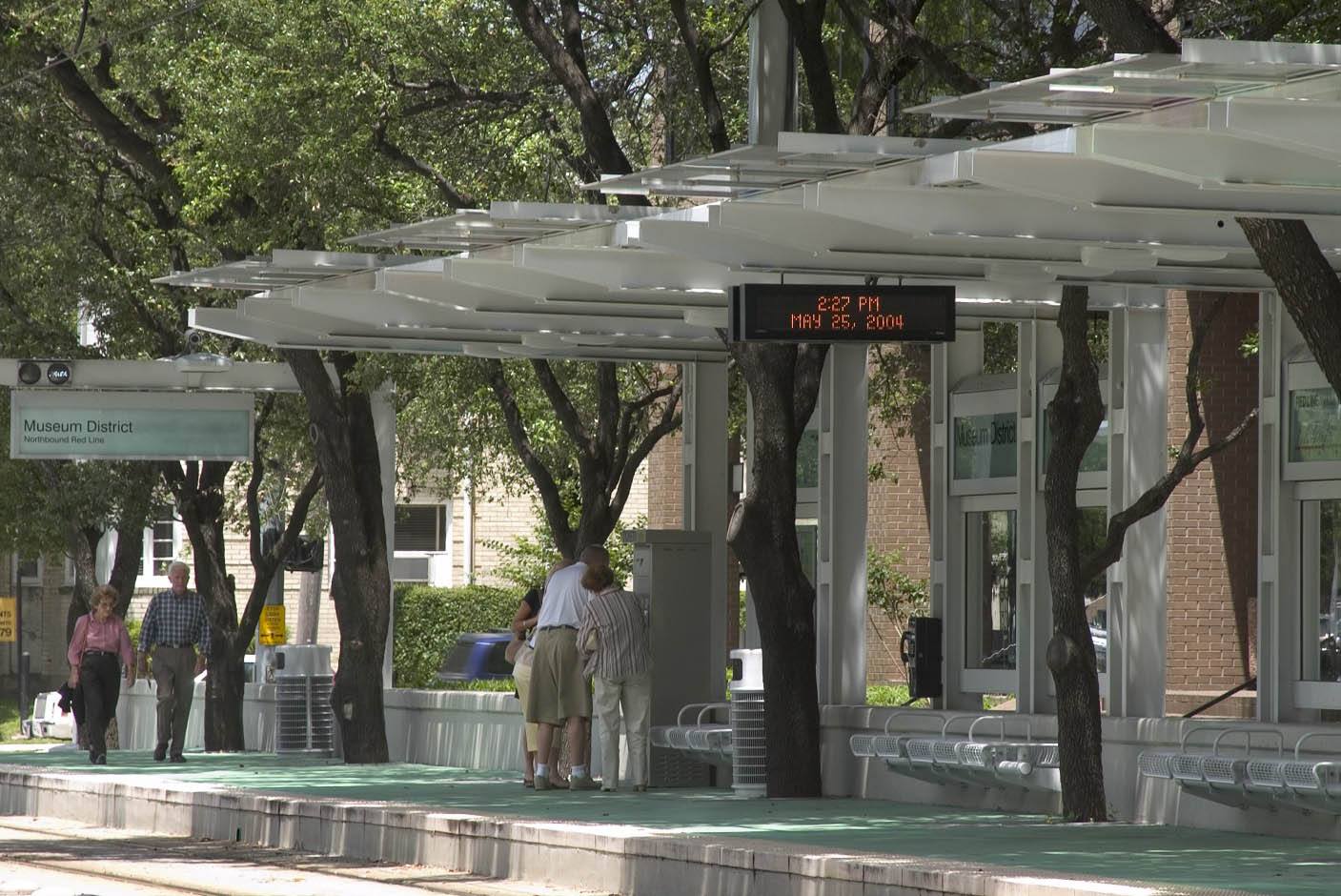
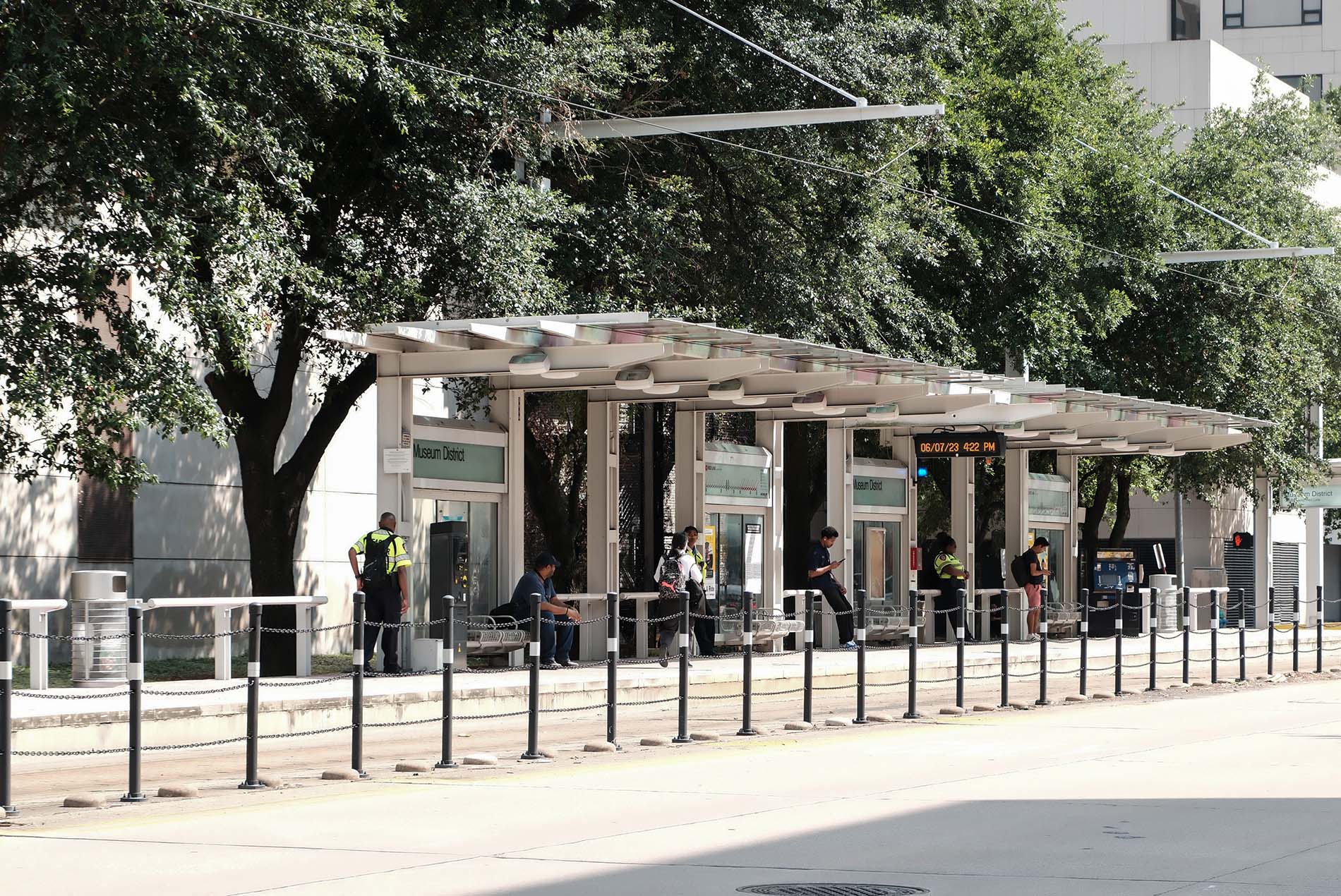
University Corridor BRT Route: A Fresh Canvas
Today, the University Corridor BRT route offers a fresh canvas. Planners and designers can draw lessons from the light rail system on how to create connections, facilitate accessibility and use design to achieve a robust identity. All of this can be done while respecting budget constraints. From my perspective, however, to maximize the benefits for Houston, the city also must work in tandem with METRO to:
- Engage with the local community during the planning and design process to address their wants and needs and earn support.
- Create well-designed, highly functional bus stations that seamlessly integrate into the urban fabric of residential, low-density communities. The stations should enhance, rather than overpower, the local context.
- Collaborate with METRO and other key players to plan for transit-oriented development (TOD) and joint development around the BRT stations. Imagine spaces that spark a mix of residential (including affordable housing), commercial and other land uses within a 10-minute walk of the stations. That’s how we create a pedestrian-friendly, vibrant urban environment.
- Ensure that the BRT line and its surrounding developments are inclusive and accessible to everyone, regardless of age, mobility or socioeconomic status.
- Support the City’s Resilient Houston strategy and Climate Action Plan by integrating resilient, regenerative and sustainable design strategies. Designing for resilience to natural disasters and climate change is not merely an option—it’s an imperative.
We’re standing at the threshold of another pivotal moment for public transit in Houston. As the University Corridor BRT route moves forward, we must remember the project is about much more than just getting people from point A to point B. It’s about improving the quality of life for millions of Houstonians and shaping a resilient, dynamic future for the city.
Let's Connect
Luke Bridle, AIA, LEED AP BD+C, ENV SP, is a principal and director of Transportation at HOK. As an architect focused on transportation infrastructure, Luke has collaborated on the design of more than 60 mass transit and rail station projects around the world. Please contact him at luke.bridle@hok.com with any questions or to inquire about working together.